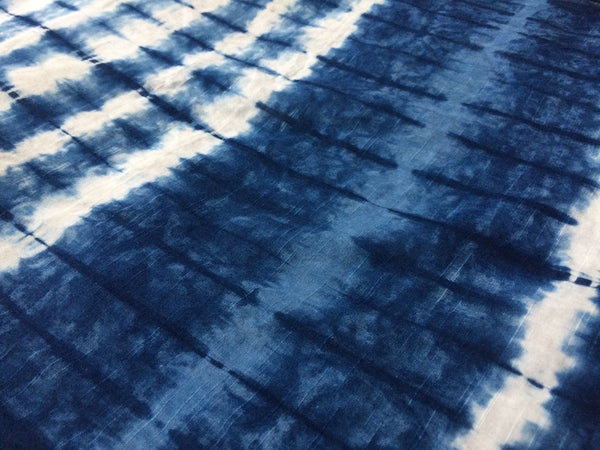Supplier of Sulphur Black Dyes for Textile Industry and Sustainable Solutions
The Role of Sulphur Black Dyes in Textiles A Guide for Suppliers
Sulphur black dyes are a pivotal component in the textile industry, specifically renowned for their versatility and effectiveness in dyeing cotton and other cellulose fibers. As a supplier of sulphur black dyes, understanding their properties, applications, and market dynamics is vital for successfully catering to your clients’ needs.
Overview of Sulphur Black Dyes
Sulphur black dyes belong to a category of dyes that are derived from sulfonated organic compounds. They are predominantly used for dyeing cotton fabrics, offering deep, rich colors that can withstand wear and washing. One of the key advantages of sulphur black dyes is their affordability compared to other dyeing options, making them highly sought after in mass production settings.
These dyes are primarily applied through a reduction process that transforms them into a soluble state, allowing for penetration into the fabric. Once the dye has fully adhered to the material, it is reoxidized to develop a dark black color, which is then fixed into the fibers. The process not only ensures a vibrant finish but also enhances the fastness properties of the dyed fabric against light, washing, and rubbing.
Applications and Benefits
One of the primary fields of application for sulphur black dyes is the textile industry, particularly for denim, workwear, and various styles of casual clothing. The depth of color that can be achieved allows for a broad range of fashion products. Furthermore, manufacturers favor these dyes for their cost-effectiveness and ease of use in dyeing processes.
In addition to textiles, sulphur black dyes are also utilized in other industries, such as leather processing and paper manufacturing. Their ability to impart a durable black color makes them suitable for products that require a long-lasting aesthetic appeal.
sulphur black dyes supplier

Market Dynamics
In recent years, the demand for eco-friendly and sustainable dyeing practices has gained traction within the textile industry. As a supplier of sulphur black dyes, it’s essential to stay informed about regulatory changes and consumer preferences regarding environmental impacts. Investing in sustainable production methods for sulphur dyes can not only help you meet new standards but also attract clients who prioritize eco-conscious sourcing.
Continuous innovation in dye chemistry is driving the development of greener alternatives and improvements in the dyeing process, which can both reduce waste and improve dye fixation. As a dye supplier, keeping abreast of these advancements is crucial. Collaborating with manufacturers who prioritize sustainability can enhance your product offerings and position your brand as a forward-thinking leader in the industry.
Challenges and Considerations
While sulphur black dyes have numerous benefits, they also come with challenges. For example, the dyeing process requires careful control of variables such as temperature, pH, and concentration, to achieve uniform color and prevent issues like staining or uneven dye uptake. As a supplier, providing guidance and technical support to your clients on best practices can foster strong relationships and encourage long-term partnerships.
Moreover, ensuring compliance with global regulations regarding chemical safety and environmental impact is increasingly critical. Suppliers must not only ensure that their dyes meet safety standards but also help educate their clients about safe handling and disposal practices.
Conclusion
Sulphur black dyes offer a multitude of benefits for the textile industry, combining cost-effectiveness with excellent performance. As a supplier, understanding the intricacies of these dyes, along with evolving market demands and sustainability goals, will enable you to better serve your clients. By focusing on quality, compliance, and customer education, you can position your business for success in an increasingly competitive landscape.
-
The Timeless Art of Denim Indigo Dye
NewsJul.01,2025
-
The Rise of Sulfur Dyed Denim
NewsJul.01,2025
-
The Rich Revival of the Best Indigo Dye
NewsJul.01,2025
-
The Enduring Strength of Sulphur Black
NewsJul.01,2025
-
The Ancient Art of Chinese Indigo Dye
NewsJul.01,2025
-
Industry Power of Indigo
NewsJul.01,2025
-
Black Sulfur is Leading the Next Wave
NewsJul.01,2025

Sulphur Black
1.Name: sulphur black; Sulfur Black; Sulphur Black 1;
2.Structure formula:
3.Molecule formula: C6H4N2O5
4.CAS No.: 1326-82-5
5.HS code: 32041911
6.Product specification:Appearance:black phosphorus flakes; black liquid

Bromo Indigo; Vat Bromo-Indigo; C.I.Vat Blue 5
1.Name: Bromo indigo; Vat bromo-indigo; C.I.Vat blue 5;
2.Structure formula:
3.Molecule formula: C16H6Br4N2O2
4.CAS No.: 2475-31-2
5.HS code: 3204151000 6.Major usage and instruction: Be mainly used to dye cotton fabrics.

Indigo Blue Vat Blue
1.Name: indigo blue,vat blue 1,
2.Structure formula:
3.Molecule formula: C16H10N2O2
4.. CAS No.: 482-89-3
5.Molecule weight: 262.62
6.HS code: 3204151000
7.Major usage and instruction: Be mainly used to dye cotton fabrics.

